PROJECT
In the context of Long March Project, “project” refers to a series of core non-exhibition artistic practices. As Long March Project’s function and form incorporates that of scholar, curator and art space, following after the methodology laid down in the inaugural project “Long March – A Walking Visual Display” (2002), each subsequent project chooses prescient issues of discussion whilst adhering to the notion of the inseparability of the present from the historical. Therefore, every Long March Project project takes on a different form specific to the particular context, reflecting back the local historical context by means of display, discussion, creation, projection, action, etc.
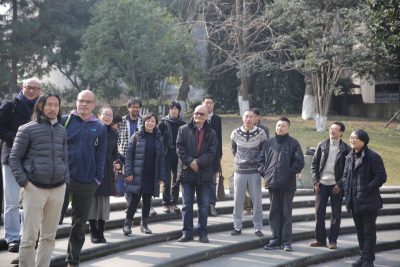
A Proposal for “Sheng Project”
“A Proposal for ‘Sheng Project'” (2015-2021) is a collective curatorial project focused on both the material and immaterial archive of Zheng Shengtian (Sheng). Collected over the course of his personal and institutional practice over six decades in and beyond China, the archive presents to the curatorial team a specific case of intellectual history, one that idiosyncratically navigates pre-socialist, socialist, and post-socialist periods in China.
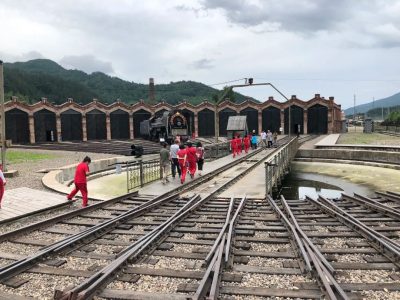
The China Eastern Railway: The Journey
The “China Eastern Railway” Project was initiated by the artists Zhang Hui and Zhao Gang in the spring of 2019. Zhang Hui was born in the city of Qiqihar in Heilongjiang Province and grew up with the railways given his father’s job building the railroad in Dongbei, China’s Northeast. Zhao Gang was born in Beijing into an ethnic Manchurian family, as an adult he spent many years in the United States and Europe for study and work. Both artists currently reside in Beijing. Through their personal inquiries into Dongbei and research into the recent historical and geopolitical significance of the cities and areas along the route of the China Eastern Railway, the railway came to reflect the two artists’ own explorations into their identities and creative processes.
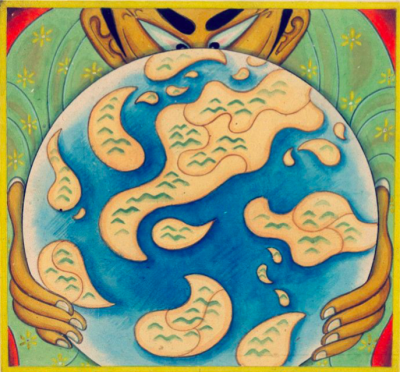
Planet Marx
Chinese Marxism’s scientific interpretation of the earth in the 1990s was a dialectical one: the development of the techno-sphere surrounding the planet and the protection of the natural resources went hand in hand. To depart from such philosophy-abetted techno-optimism, Long March Project takes up this imagery of a “Planet Marx” to host a study program consisting of a series of reading groups and an open source reader in 2019. It aims to create a knowledge ecosystem to share resources and collaborate with other ongoing artistic research and exhibition programs, through the medium of various unresolved historic texts found in the intersection between ideology, ancestry, the environment, and technology.
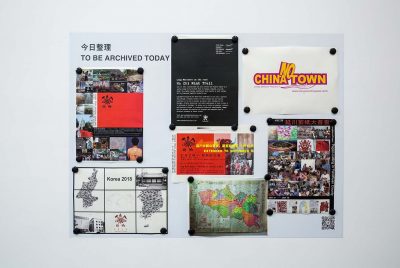
Long March Archive
“A Working Redisplay”(2018) led to the initiation of “Long March Archive”, an initiative that can be seen as an ongoing process of self-reflection via the act of archiving, uncovering obscured currents connecting the past and present, in turn inspiring new interpretations of and ways of looking at the Long March Project’s own history. Our work at Long March Archive includes working with objects, texts, films, research materials generated from previous endeavours, as well as the organizing structure and curatorial methodology of the Long March Project.
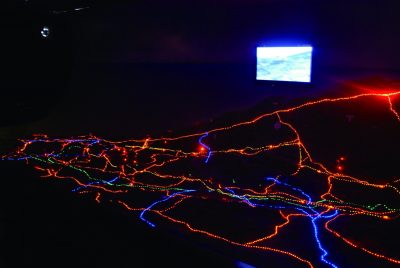
Long March Project — Ho Chi Minh Trail
The Ho Chi Minh Trail, though internationally understood as a logistical supply route created during the Second Indochina War, formed a vast network of passageways across China, Vietnam, Laos and Cambodia. This area was the strategic battle ground between the two communist powers [China and the Soviet Union] and the US during the second Indochina war. The “Ho Chi Minh Trail Project” is a collaborative contemporary arts project in the implementation of physical, discursive, and artistic activities between China, Vietnam, Cambodia and Laos, calling for a questioning of fixed relations of social production as determined by ideas of history, identity, market logic and subconscious effects of geographical imposed divide.
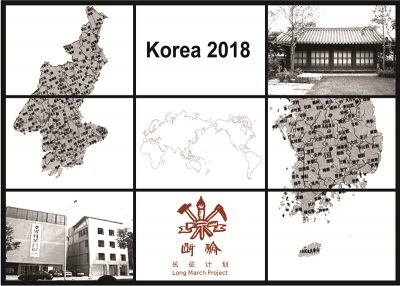
Long March Project – KOREA 2018
Korea 2018 initiated in 2005 with its first site carried out in 2007, is an ongoing Long March Project that engages with the future of the Korean Peninsula. Taking the year 2018 as at departure point, the project retraces back to the year 2008 rewriting the future of art history, transforming Korea 2018 from an impossible ideal to a productive reality.
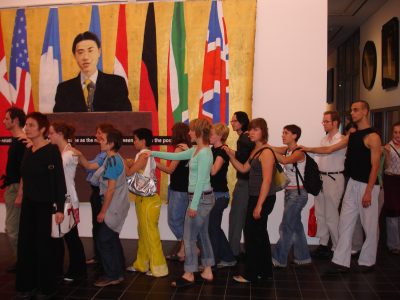
Long March Project – Avant-garde
“Long March Project-Avant-garde” was a project executed in Hamburg and New York City between 2006-2007 that circled around topics of the “avant-garde” and “performance art”. With the rapid entrance of Chinese contemporary art onto the global art stage, it became increasingly important to provide an explanation of the social and political context behind this development. “Avant-garde” stimulates the public to discuss and participate in definitions of the avant-garde and performance art through audience participation and cooperative discussion and dialogue on the means of creation and methodologies of contemporary art, and by gathering together artists, curators, and the willing public to walk backwards and partake in the work of the large-scale public performance team.

Long March Project——Yan’an
The terminal of the 6000-mile Long March by the Chinese Red Army, Yan’an is a laboratory for conceiving an ideal society and an archetype of the socialist utopia. It is also the starting point of the new Long March. “Long March Project—Yan’an” examined the effects of globalization on social and cultural development in China through a dialogue between history and the present. May 2006, the project invited renowned art educators across the country to attend a forum on art education, realized artworks and exhibitions, and organized “site-visits” in Yan’an. It was also concluded as a group exhibition in Beijing of exclusively commissioned works in 2007.
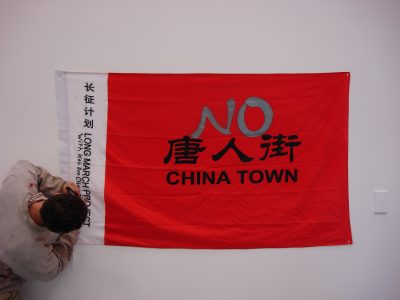
Long March Project – Chinatown
“Long March Project – Chinatown” was carried out between 2005-2007 in three locations: Yokohama, San Francisco and Auckland. The project mobilised elements of exhibition, education, activity, investigation, and performance in its execution. Long March Project’s participation in biennials and academia is not for the purpose of achieving a unique exhibition within existing frameworks, but to employ project frameworks to attain locally-mobilised influence. The various practices that “Chinatown” realizes further complicate the Western idea of the East, the multi-layered richness offered up by the word “Chinatown” entering into the minds of local communities and transferring into public consciousness.
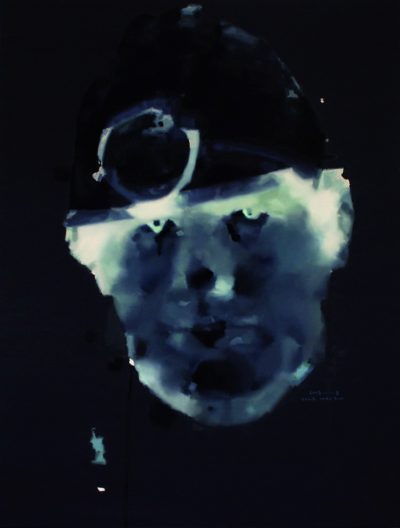
Long March Project — Yang Shaobin Coal Mining Project
“Long March Project — Yang Shaobin Coal Mining Projects” was carried out from 2004 to 2008, consisting of two stages: “800 Meters Under” and “X–Blind Spot”. This project features a series of problems brought about by radical changes in agricultural production methods, industrialization, and social change. Immersing themselves into the coalmining world, Yang Shaobin and the Long March team addressed key problems caused by modernization – calling on geographical, environmental, ecological and ethical issues, as well as rapid industrialization, manufacturing economics, the collective consciousness and human rights.
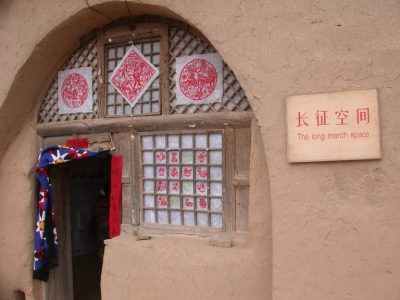
Long March Project – the Great Survey of Paper-cutting in Yanchuan County
Initiated in 2004, “the Great Survey of Papercutting in Yanchuan County” was a social project, mobilizing contemporary artists and grassroots culture, sending art cadres down to the countryside and drawing together artistic and sociological mechanisms to undertake a comprehensive survey of paper-cutting across the entire county, the result of which was a sample analysis of the state of local folk art that was later showcased in a large-scale exhibition. In 2006, the second phase of the project commenced, “Yanchuan County Middle and Primary School Paper-curring Art Curriculum”.
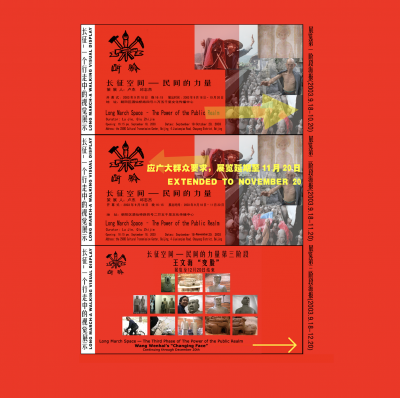
The Power of the Public Realm
“The Power of the Public Realm” was a series of exhibitions held at the 25000 Cultural Transmission Center from 2003 to 2004. Realized in six stages, it was a curatorial project dedicated to artistic practices conventionally excluded from Chinese contemporary culture. In its curation, the exhibition attempted to transform this highly exclusive model of cultural production by highlighting a plethora of narratives informed by the artists’ distinctive and often self-taught techniques. By inviting the artists to travel from Yan’an and other rural regions to the exhibition space in Beijing, the exhibition opened up a discursive field between two distinct conditions of cultural production.
